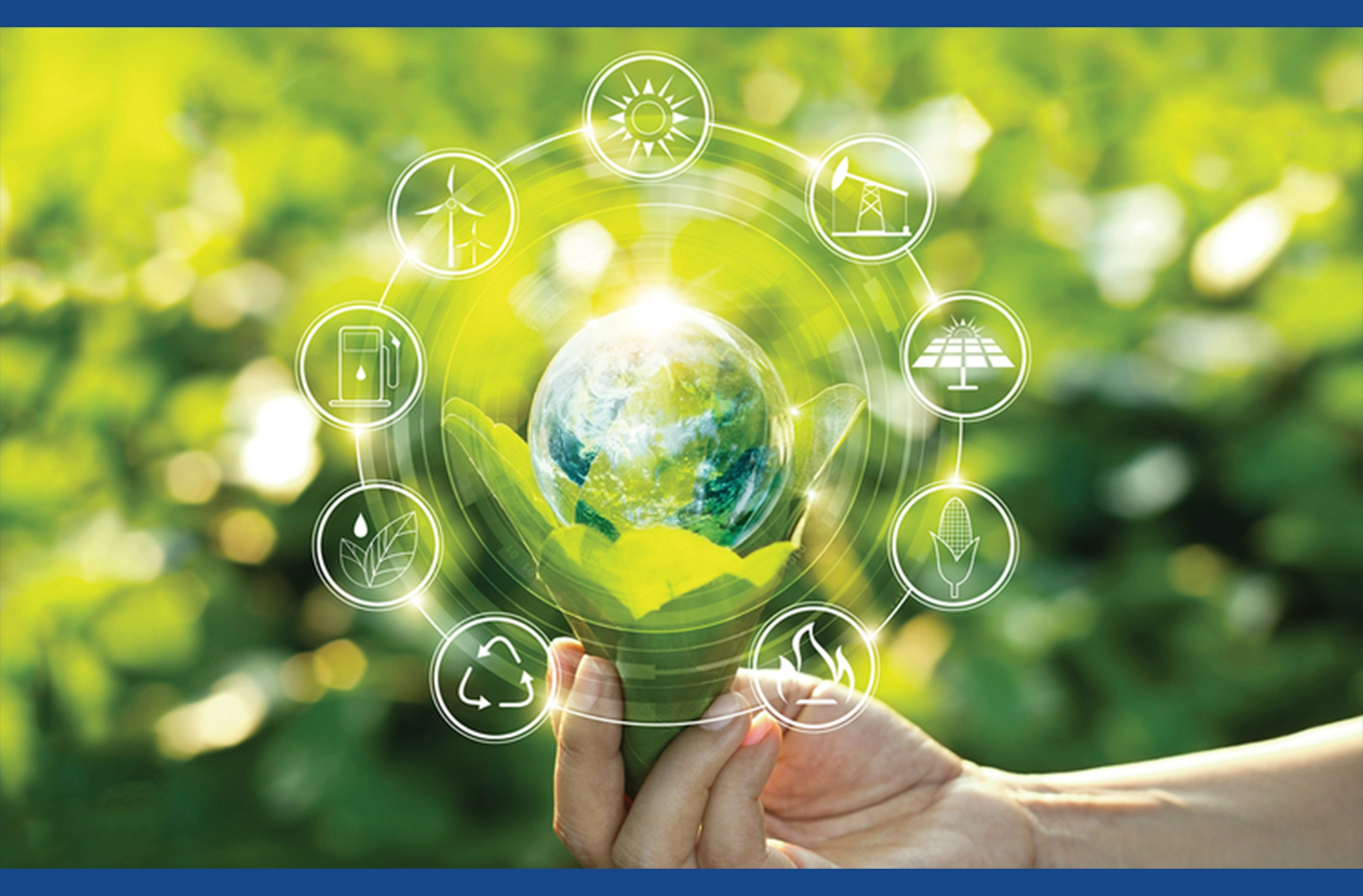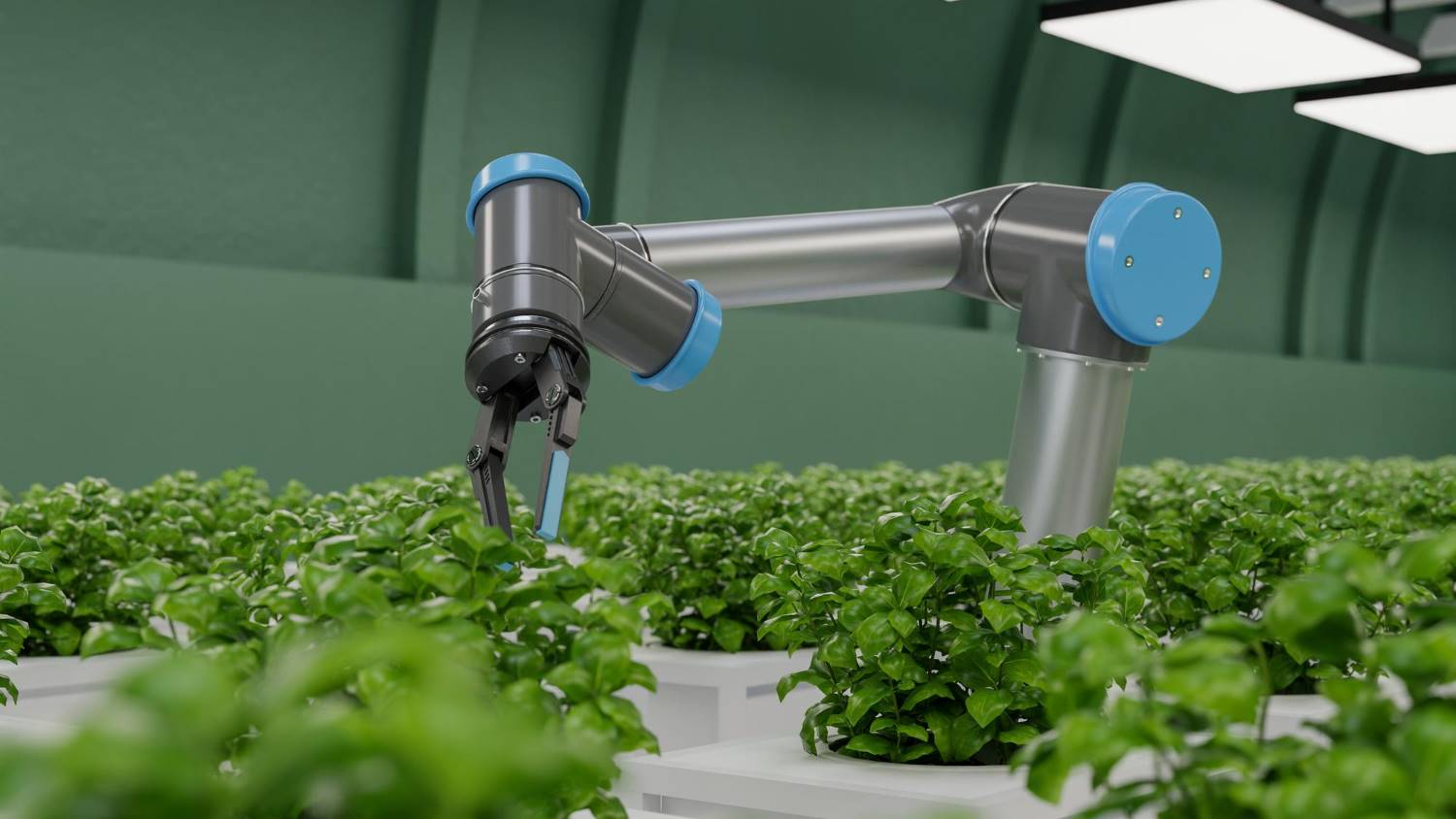In an era where technology intersects with every aspect of our lives, its influence on environmental conservation has become increasingly important. This article looks at how technological advancements are revolutionizing our approach to preserving the natural world. From data analytics to renewable energy, we explore the different ways in which technology is both a tool and an ally in the fight against environmental degradation.
Advanced Monitoring Systems With Eyes on Nature
The first frontier of technology’s impact on environmental conservation lies in advanced monitoring systems. These sophisticated tools offer unprecedented insights into natural habitats, wildlife populations, and environmental conditions. Utilizing satellite imagery, drones, and IoT sensors, conservationists can now track changes in ecosystems with remarkable accuracy. This technology enables the identification of threats such as illegal logging, habitat destruction, and poaching in real-time, allowing for prompt and effective responses. By providing a comprehensive view of the natural world, these monitoring systems are crucial in shaping conservation strategies that are both informed and impactful.
Government Consulting in Conservation With Data Security and Engineering Services

In the world of environmental conservation, government consulting takes on a critical role, particularly when it involves data security and engineering services. Governments globally are increasingly relying on technology for conservation efforts, which necessitates robust data security to protect sensitive environmental data. This is where government consulting services come in, offering expertise in ensuring that data collected from various monitoring systems is secure and used effectively.
Additionally, engineering services provided by consultants play a significant role in designing and implementing sustainable infrastructure and technologies. These services not only enhance conservation efforts but also ensure that the advancements in technology align with environmental policies and regulations. This synergy between government consulting, data security, and engineering services forms a robust framework for technology-driven conservation strategies.
Renewable Energy Technologies
The third pillar of technology’s role in environmental conservation is the advancement in renewable energy technologies. This green revolution is pivotal in reducing the world’s carbon footprint and mitigating climate change. Innovations in solar, wind, and hydroelectric power are not only making renewable energy more efficient but also more accessible to various regions around the globe. These technologies are crucial in replacing fossil fuels, significantly decreasing greenhouse gas emissions. The integration of renewable energy into conservation efforts showcases how technological advancements can lead to sustainable and environmentally friendly energy solutions.
Wildlife Protection Innovations to Safeguard Biodiversity
The fourth aspect of technology’s impact on environmental conservation focuses on wildlife protection innovations. These technological advances are essential in safeguarding biodiversity across the globe. From tracking devices and anti-poaching systems to artificial intelligence that monitors endangered species, technology provides invaluable tools in the fight to protect wildlife. These innovations not only help in monitoring animal populations but also in understanding their behaviors and habitats, leading to more effective conservation strategies. By watching how populations grow and change over time, scientists can come up with even better ways to protect them over time.
Community Engagement Through Tech Platforms

The final dimension of technology in environmental conservation lies in the power of community engagement through tech platforms. These platforms provide a space for individuals, communities, and organizations to connect, share information, and collaborate on conservation initiatives. From social media campaigns raising awareness about environmental issues to apps that allow citizens to report environmental hazards, technology is making it easier for people to get involved in conservation efforts. These platforms not only educate and engage the public but also foster a sense of global community united by the common goal of preserving our natural world. Through awareness programs on social media to webinars that focus on how people can help, technology is making a big difference.
Artificial Intelligence in Ecosystem Restoration
Artificial intelligence (AI) has emerged as a powerful ally in the realm of ecosystem restoration. This section delves into how AI-driven solutions are revolutionizing the restoration of degraded ecosystems. AI algorithms analyze vast amounts of ecological data, helping scientists and conservationists make informed decisions about habitat restoration, reforestation, and species reintroduction. These smart technologies can predict ecological trends, assess the success of restoration projects, and optimize resource allocation. By harnessing the capabilities of AI, environmental conservationists are not only accelerating the restoration of damaged ecosystems but also creating more resilient and biodiverse environments.
Global Collaboration
International collaboration plays a crucial role in leveraging technology for environmental conservation. This global cooperation is evident in initiatives like the Global Environment Facility (GEF), where multiple countries fund projects addressing climate change, biodiversity, and pollution. Another successful example is the United Nations’s REDD+ program, focusing on reducing emissions from deforestation through technology-driven monitoring systems. These collaborations showcase how shared knowledge and resources can tackle environmental issues more effectively than isolated efforts.
Education and Training

Educating and training conservationists and the public is vital for effective technology use in conservation. The rise of citizen science platforms, where people worldwide contribute data using smartphones, exemplifies this need. Training programs by organizations like Conservation International focus on teaching local communities to use technology for monitoring and protecting their natural resources. This empowerment ensures the benefits of technological advancements are maximized, creating a more informed and engaged public equipped to participate in conservation efforts.
Potential Future Technologies
Looking to the future, emerging technologies hold immense potential for revolutionizing conservation. Blockchain technology could create transparent supply chains, reducing illegal wildlife trade and habitat destruction. Similarly, advanced robotics and drones are poised to transform habitat restoration, capable of planting trees and monitoring reforestation efforts with precision and efficiency. These technologies, alongside developments in artificial intelligence and data analysis, promise to significantly enhance our capacity for environmental protection.
Using modern technology to improve efficiency while promoting sustainability is a win-win situation for businesses and our environment. One of the best examples here would have to be solenid control valves; their energy efficiency translates to both cost savings and reduced environmental impact. Whether it’s for spray season or any other operations, our solenoid control valve and control systems are the ultimate solution.
Policy and Regulation
Government policies and regulations are pivotal in ensuring responsible technology use in conservation. They set the framework for how technology should be developed and deployed, balancing innovation with environmental protection. For instance, regulations on drone usage in wildlife areas prevent disturbance to animals while allowing critical research and monitoring. Policies encouraging the integration of green technologies in industry and urban planning also play a vital role. These regulations not only guide current practices but also shape the development of future technologies to align with long-term environmental conservation goals.




